- ABOUT US
- PROGRAM AREAS
- CONSERVATION APPROACH
- EDUCATION
- MULTIMEDIA
Coral Video Gallery

The U.S. Coral Reef Task Force
A summary video of what the U.S. Coral Reef Task Force is and the important work it does throughout the Nation's coral reef areas.
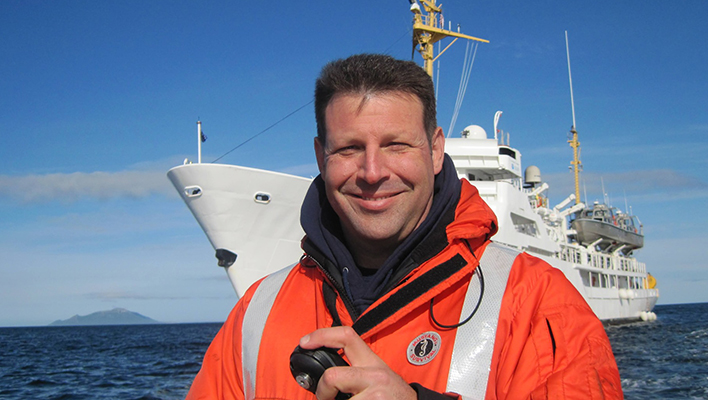
RICHARD Monitoring Cruise
NOS Assistant Administrator Nicole LeBoeuf shares the details of the recently completed monitoring cruise to the Mariana Islands.

20th Anniversary of NOAA’s Coral Reef Conservation Program
The Coral Reef Conservation Act was signed into law on December 23, 2000, establishing the NOAA Coral Reef Conservation Program.

Climate, reefs, and resilience
Climate change and ocean acidification--which can result in coral bleaching events, slower growth and reproduction rates, and degraded reef structure--are the most pressing global threats to coral reefs.

Ocean Today: Medicines From the Sea
When you've got a bacterial infection like pink eye or strep throat, your doctor will usually write a prescription for antibiotics to make you feel better. But have you ever wondered where these medicines come from?

Ocean Today: Coral Forests of the Deep
Most corals were once thought to live in tropical water, close enough to the surface to receive sunlight. But with the help of submersibles and remotely operated vehicles, scientists have discovered vast forests of corals living 200 to 10,000 feet deep in dark, cold waters.

Ocean Today: Restoring Coral Reefs
These beautiful coral reefs are in serious trouble. They are being damaged or destroyed by pollution, disease, climate change, and a large number of ship groundings.
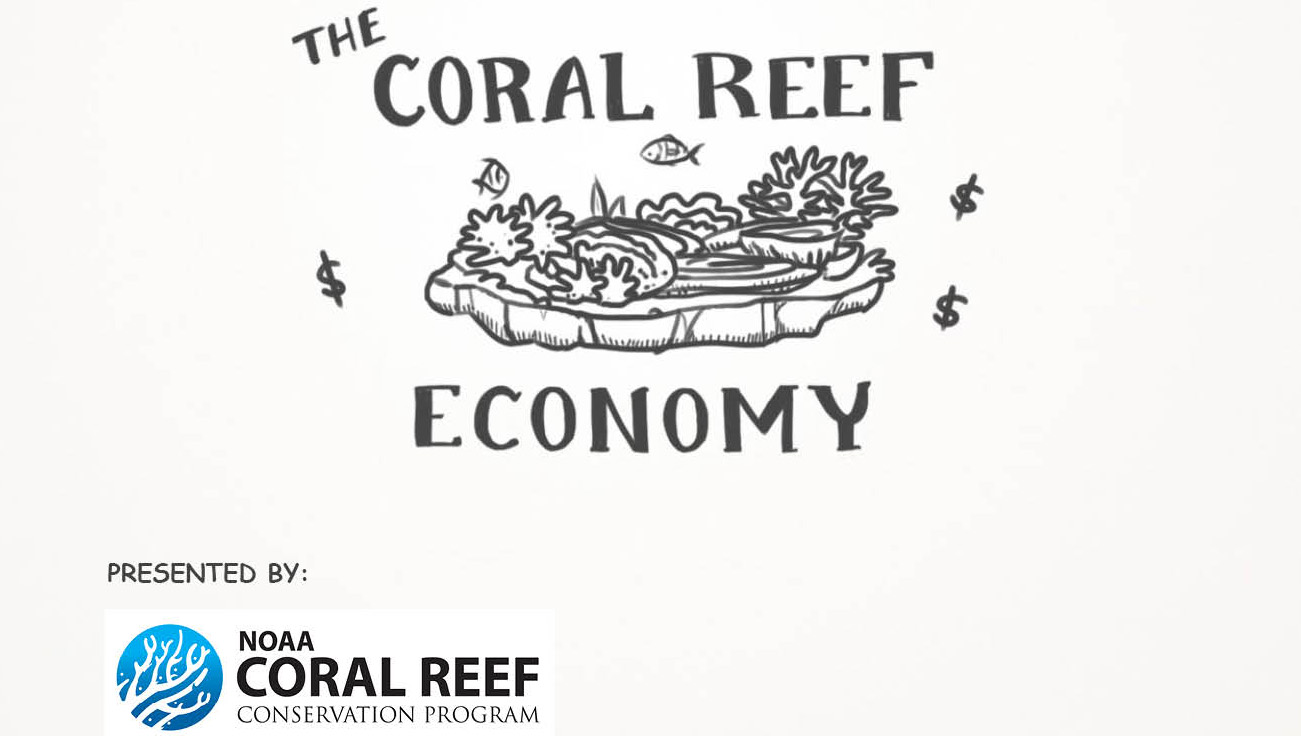
The Coral Reef Economy
Did you know coral reefs pump more than $3.4 billion into the U.S. economy annually? Learn how healthy coral reef ecosystems do everything from supporting millions of jobs to protecting lives and coastal infrastructure - like hotels, roads and bridges.
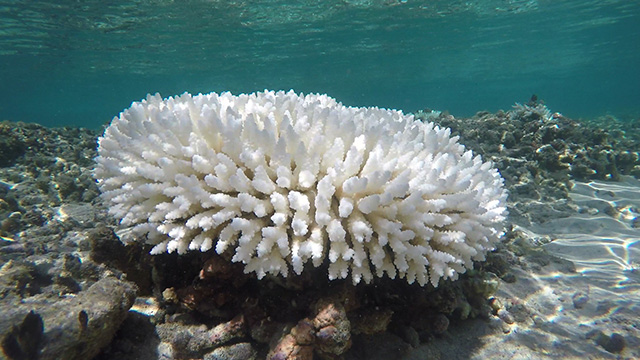
Ocean Today: Coral Comeback?
Corals are amazing. But we have lost 50% of the worlds coral reefs. Can corals make a comeback? Watch this inspiring new series here and find out.

Ocean Today: Lionfish on the Loose
Whether on land or in the water, invasive species put native ones at risk and upset the fragile balance of an ecosystem. By educating the public about Lionfish, marine biologists hope to prevent future invasions.
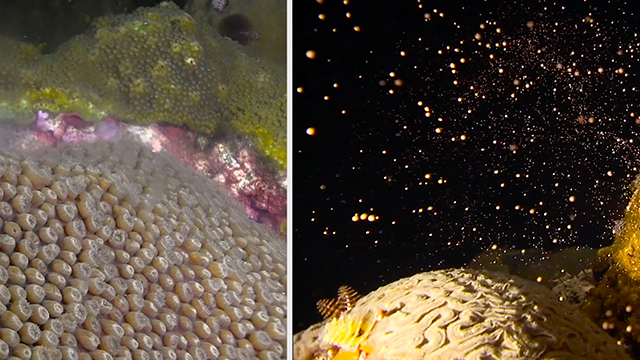
Ocean Today: Coral Spawning
Corals are a beautiful - and important - part of our ocean. But they can’t move around the ocean floor - so, how, exactly, do they find mates?
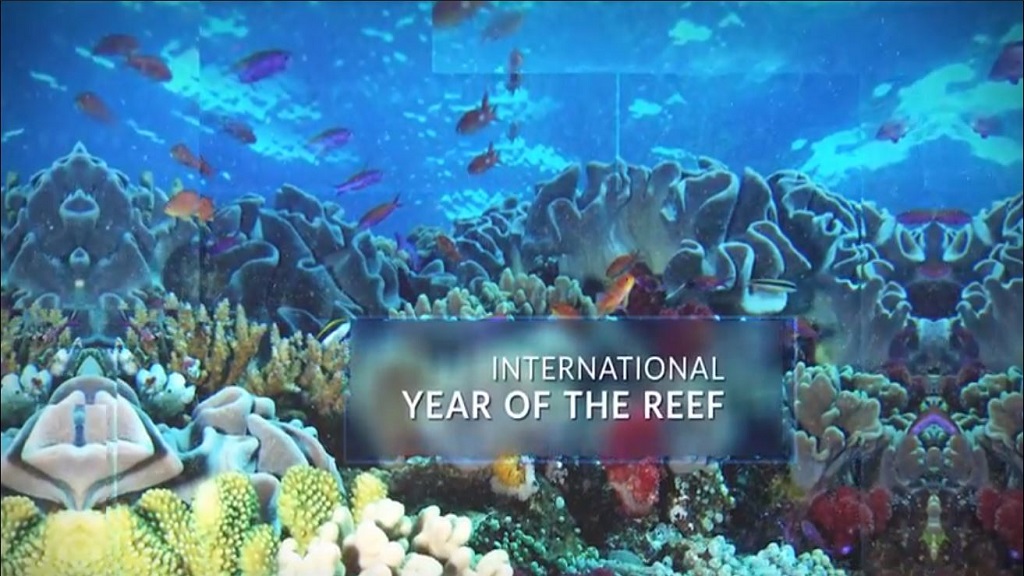
International Year of the Reef:2018
The International Coral Reef Initiative declared 2018 the third International Year of the Reef to highlight the value of coral reefs and the importance of their conservation.
About Us

The NOAA Coral Reef Conservation Program was established in 2000 by the Coral Reef Conservation Act. Headquartered in Silver Spring, Maryland, the program is part of NOAA's Office for Coastal Management.

The Coral Reef Information System (CoRIS) is the program's information portal that provides access to NOAA coral reef data and products.
Work With US
U.S. Coral Reef Task Force
Funding Opportunities
Employment
Fellowship Program
Contracting Assistance
Graphic Identifier
Featured Stories Archive
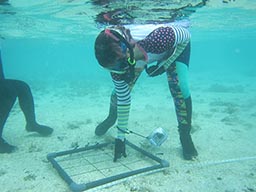
Access the archive of featured stories here...
Feedback
Thank you for visiting NOAA’s Coral Reef Conservation Program online. Please take our website satisfaction survey. We welcome your ideas, comments, and feedback. Questions? Email coralreef@noaa.gov.
Stay Connected
Contact Us
NOAA’s Coral Reef Conservation Program
SSMC4, 10th Floor
1305 East West Highway
Silver Spring, MD 20910
coralreef@noaa.gov
